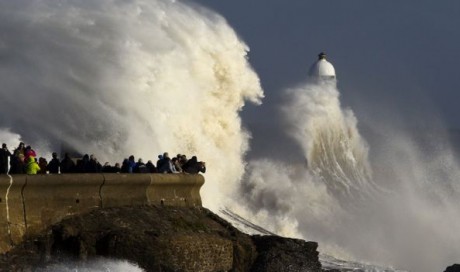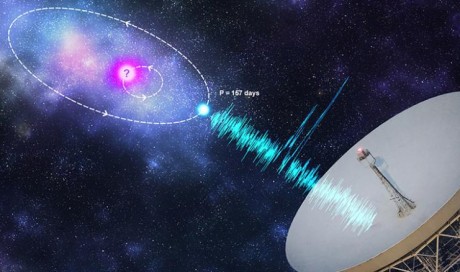It's the astronomical equivalent of a horror film adversary: a star that just wouldn't stay dead.
When most stars go supernova, they die in a single blast, but astronomers have found a star that survived not one, but five separate explosions.
The "zombie" star kept erupting for nearly two years - six times longer than the duration of a typical supernova.
An international team details their results in the academic journal Nature.
"This supernova breaks everything we thought we knew about how they work. It's the biggest puzzle I've encountered in almost a decade of studying stellar explosions," said co-author Iair Arcavi, a postdoctoral fellow at Las Cumbres Observatory (LCO) who is based in California.
The mysterious object, iPTF14hls, was picked up in September 2014 by a wide-field camera astronomy survey.
Astronomers identified it as an exploding star in January 2015; everything about the discovery seemed normal at first.
In common types of supernova, a blast at the centre of the star ejects material at high speed into surrounding space. The expansion of this material releases energy, causing the object to shine brightly for up to 100 days (about four months) before it finally fades.

It soon became clear this exploding star wasn't conforming to expectations. For one thing, it didn't fade, but shone brightly for 600 days - nearly two years.
What's more, the astronomers found that its brightness varied by as much as 50% on an irregular timescale, as if it was exploding over and over again.
And, rather than cooling down as expected, the object maintained a near-constant temperature of about 5,700C.
60 years later
Intriguingly, by combing through archived data, scientists discovered an explosion that occurred in 1954 in exactly the same location. This could suggest that the star somehow survived that explosion, only to detonate again in 2014.
The object may be the first known example of a Pulsational Pair Instability Supernova.
"According to this theory, it is possible that this was the result of a star so massive and hot that it generated antimatter in its core," said co-author Daniel Kasen, from the University of California, Berkeley.
"That would cause the star to go violently unstable, and undergo repeated bright eruptions over periods of years."
That process could even repeat itself over decades before the star's final explosion and collapse to a black hole.
Kate Maguire, from Queen's University Belfast, who was not involved with the study, told BBC News: "It's a theoretical idea that people have put forward, but this is the first time that an object has been identified that matches this quite well.
"It's quite unusual."
Writing in a news and views article published in Nature, Prof Stan Woosley, from the University of California, Santa Cruz, said that in the Pulsational Pair Instability theory, a massive star may lose about half its mass before the series of violent pulses begins.
Not everything we know about the "zombie" matches this theory, Prof Woosley added, and many uncertainties remain.
"As of now, no detailed model has been published that can explain the observed emission and constant temperature of iPTF14hls, let alone the possible eruption 60 years ago," he wrote.
"For now, the supernova offers astronomers their greatest thrill: something they do not understand."
Share This Post












